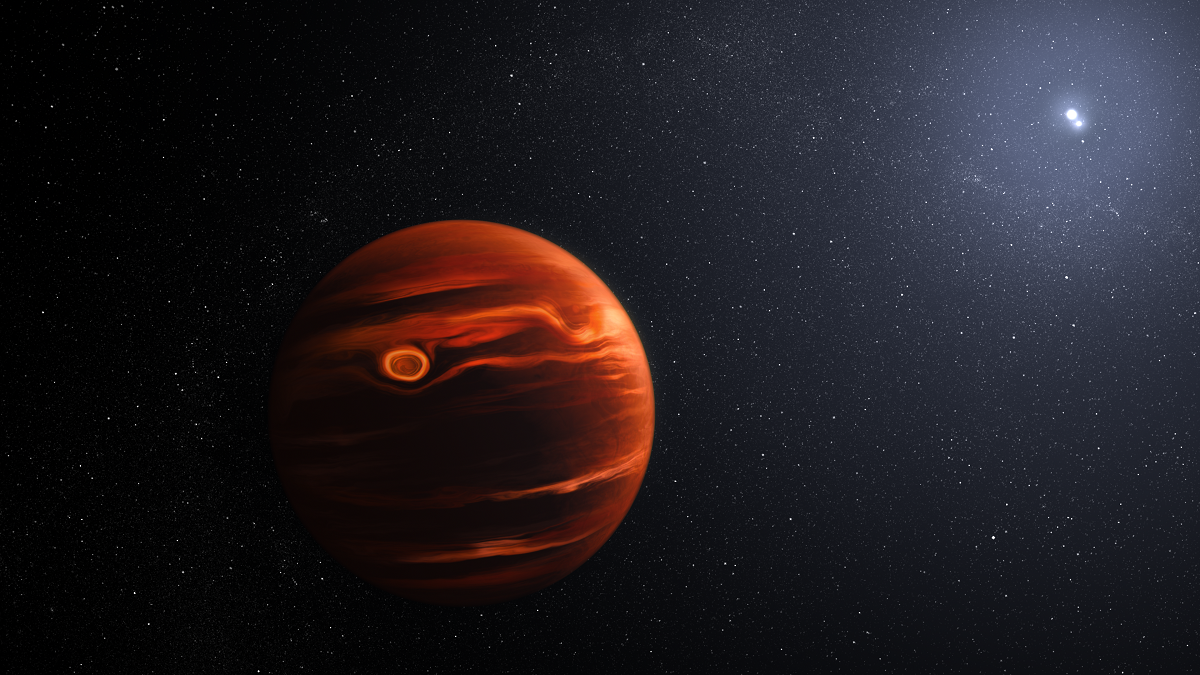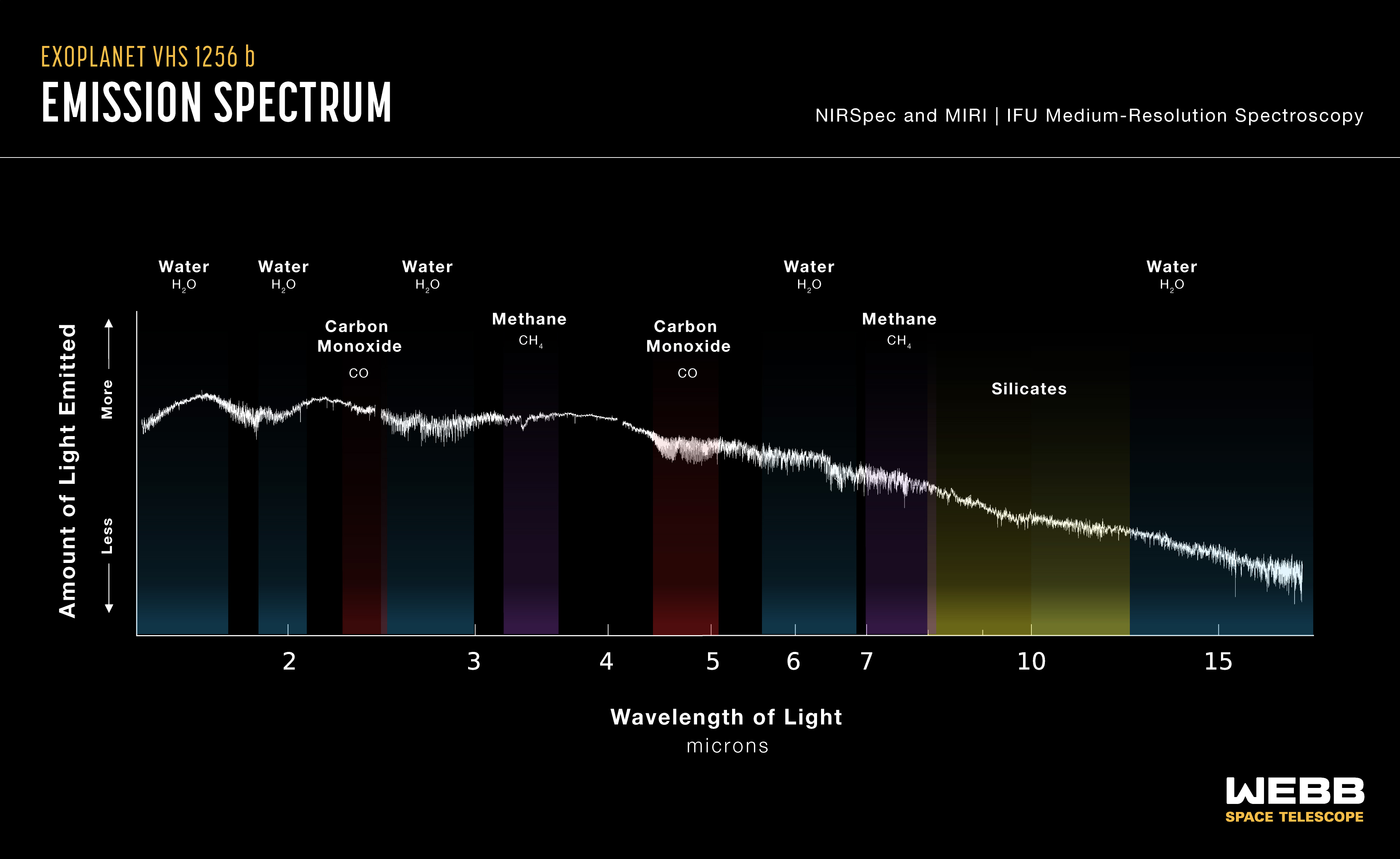James Webb records first ever dust storm on a planet in another star system

Scientists can already find planets in other star systems relatively easily. Now they want to be able to analyse atmospheres and signs of life with equal ease. The James Webb Space Telescope will help.
Here's What We Know
For the first time ever, scientists have been able to observe a dust storm on a planet outside the solar system. The spectrometers installed on the James Webb telescope helped.
The space observatory observed planet VHS 1256 b. The telescope was able to distinguish water, carbon monoxide, methane, carbon dioxide as well as dust and sand. Previously, only one parameter has been used to study the atmospheres of exoplanets.
VHS 1256 b is a planet that is only 150 million years old. By comparison, the Earth is more than 4.5 billion years old. The temperature in the upper atmosphere of the observed exoplanet can reach 830 degrees Celsius (1500 degrees Fahrenheit).

VHS 1256 b is only 40 light years from Earth and orbits two stars at once. It is four times farther from them than Pluto is from the Sun, so its light does not mix with that of the stars.
The short distance from Earth to VHS 1256b allowed the space observatory to view the planet in relative detail. James Webb saw clouds of silicate sand and dust rising upwards, mixing with the air masses. This process lasted for a day, the duration of which on the planet VHS 1256 b is 22 hours. But one year there corresponds to 10 000 Earth years
The National Aeronautics and Space Administration (NASA) has announced a dramatic change in the planet's brightness. VHS 1256b is the first planetary-mass space object whose brightness varies in the extreme during the day.
Source: NASA